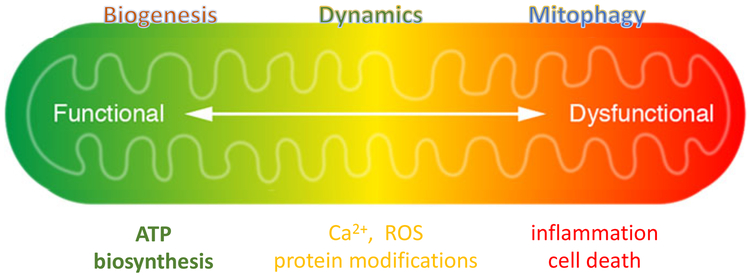Figure 1. Multiplicity of mitochondrial function.
Mitochondria are known as the powerhouse of the cell. In addition to generating ATP, intermediate metabolism in the mitochondria produces metabolites for biosynthesis, protein modification, and signal transduction. Oxidative phosphorylation regulates NAD(H) redox state and is coupled with the generation of reactive oxygen species (ROS), both can modulate and/or trigger post-translational modifications. Mitochondrial metabolism is stimulated by Ca2+ - lower Ca2+ level impairs mitochondrial activity while calcium overload can trigger the opening of the mitochondrial permeability transition pore (mPTP). The release of mitochondrial contents, such as cytochrome C, induces apoptosis, or the loss of membrane potential (a consequence of prolonged mPTP opening) causes ATP deprivation and necrosis. Leakage of damage-associated molecular patterns (DAMPs), such as mitochondrial DNA and peptides, or excessive ROS generation can cause inflammation that results in further tissue damage. Mitochondrial function is also regulated by biogenesis, fission, and fusion dynamics, and protein quality control via mitophagy. The transition of mitochondria from a powerhouse to a death engine involves a shift of the entire spectrum of functions.

